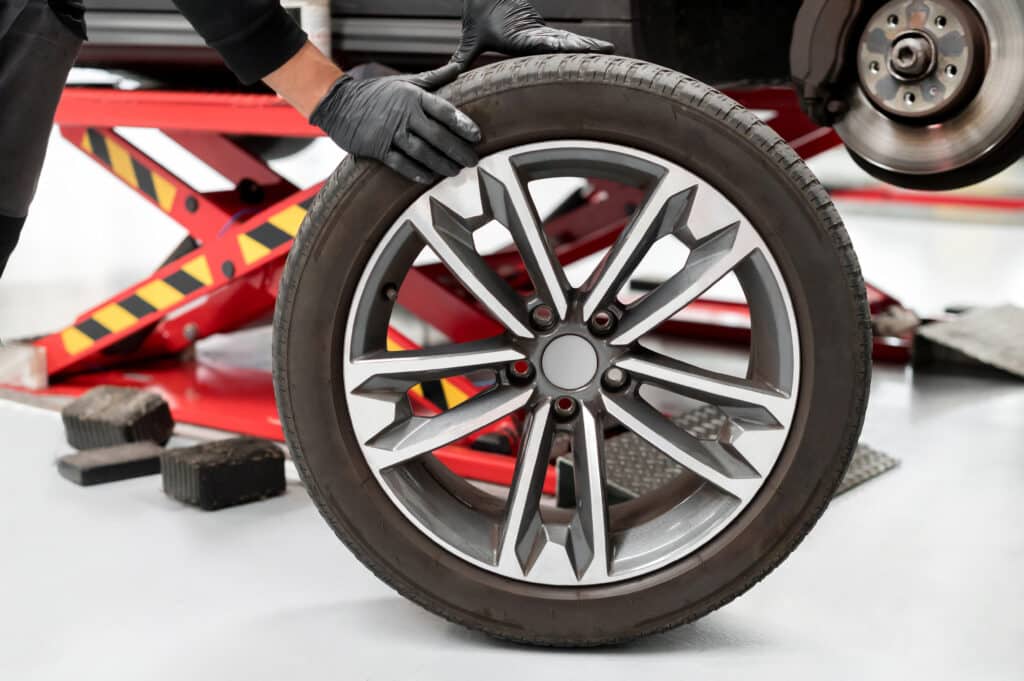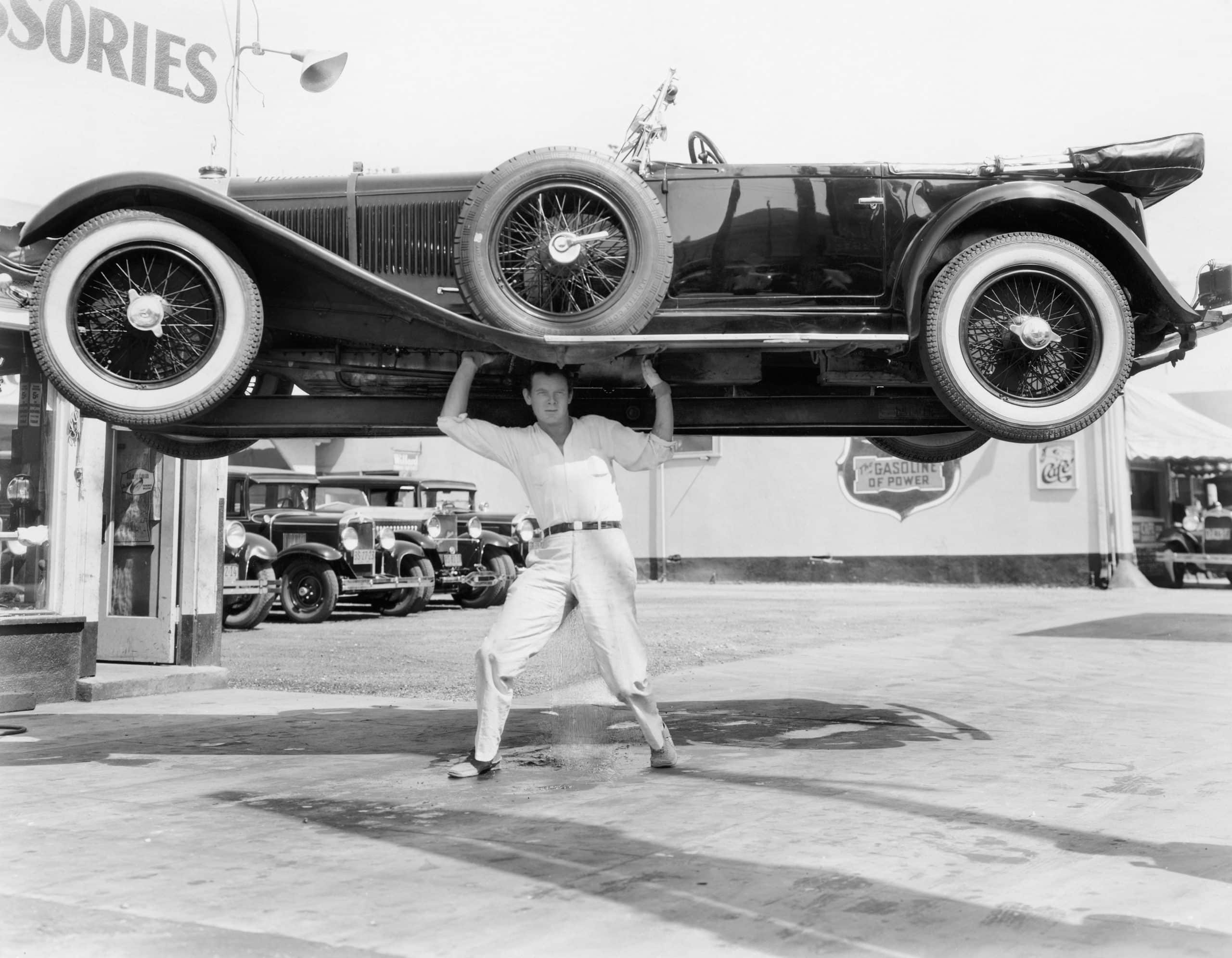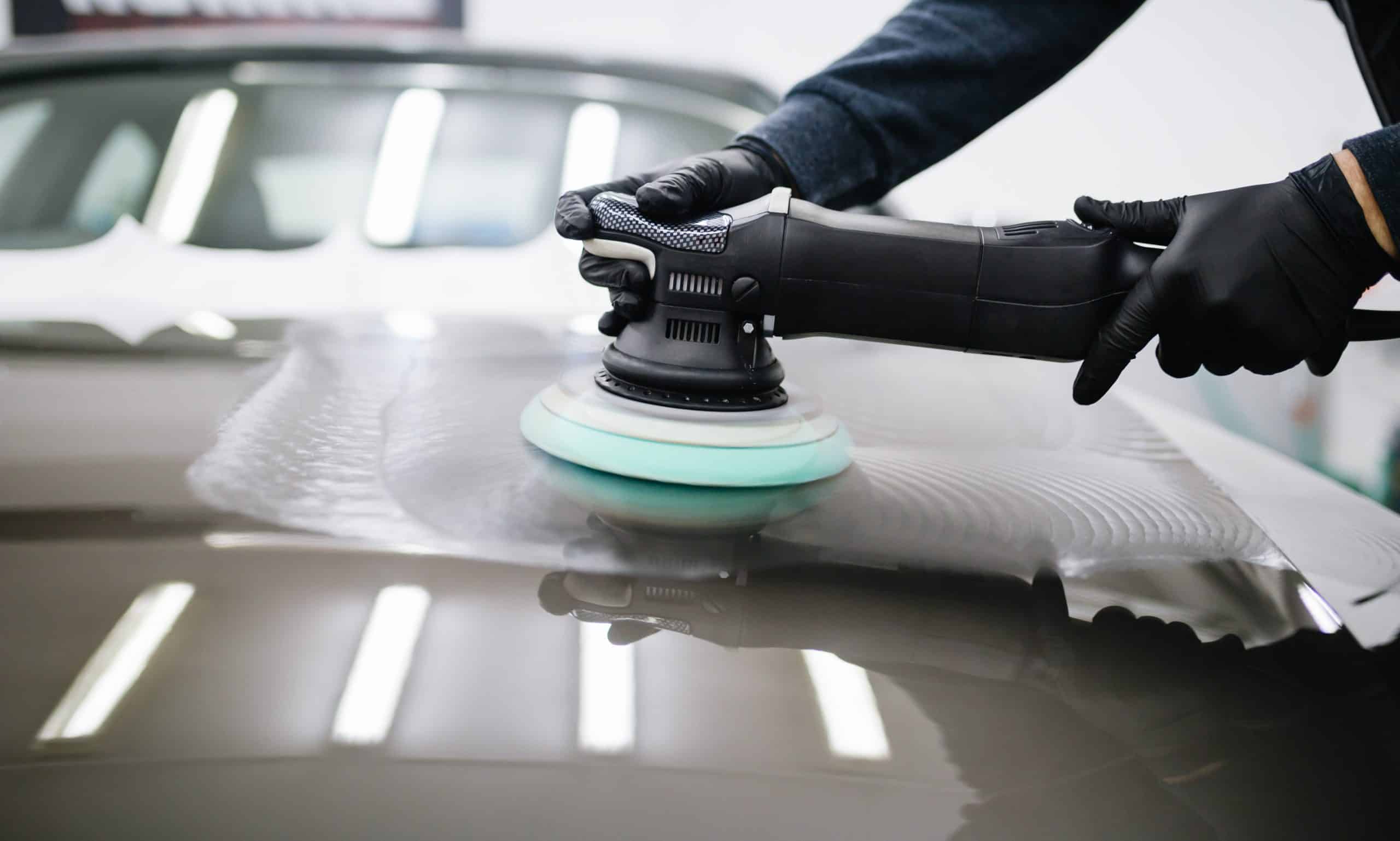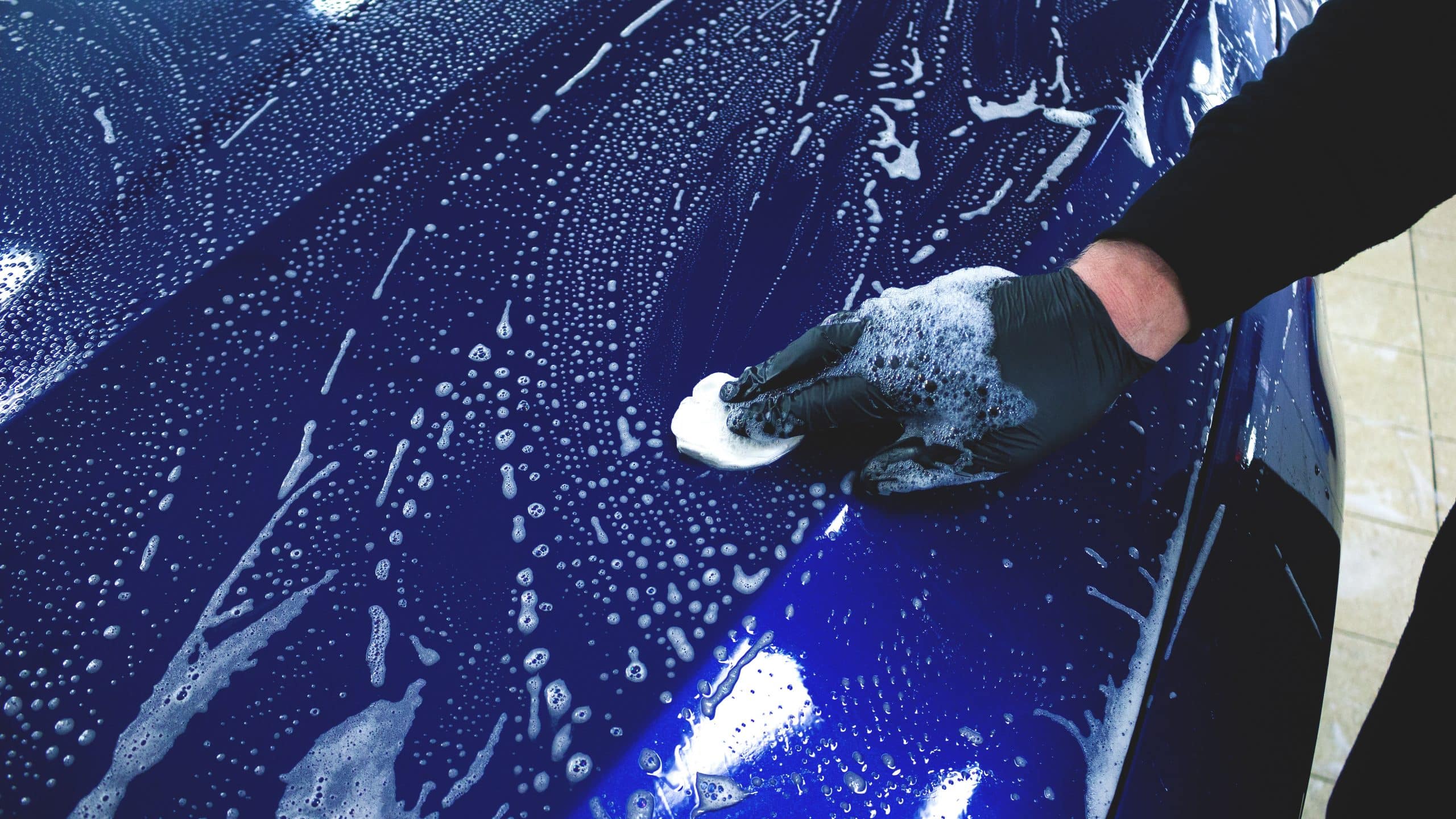
Rotating your tires is a crucial aspect of vehicle maintenance that ensures even tire wear and extends the lifespan of your tires. This simple yet effective procedure can significantly impact your driving experience, providing smoother rides and improved fuel efficiency. Understanding the importance of tire rotation, recognizing the appropriate time for rotation, and knowing the correct tire rotating pattern are essential for maintaining optimal vehicle performance and safety.
Why Rotate Your Tires?
Tire rotation is vital for several reasons. First, it promotes even wear across all four tires, which is crucial for maintaining good traction on the road. Even tire wear helps preserve the handling characteristics of your vehicle, keeping it stable during turns and braking. Additionally, by extending the lifespan of your tires, rotation can save you money in the long run, as you won’t need to replace your tires as frequently. Moreover, many tire manufacturers require regular rotation to keep the tire warranty valid.
When to Rotate Your Tires
The general recommendation is to rotate your tires every 5,000 to 8,000 miles, although this can vary based on your vehicle’s make and model, driving habits, and the type of tires. It’s advisable to consult your vehicle’s owner’s manual for specific recommendations. Always check the tire manufacturer’s recommendation. Additionally, observing signs of uneven tire wear, such as vibration while driving or noticeable differences in the tread depth between tires, can indicate it’s time for a rotation.
What Tire Rotating Pattern Should You Use?
Understanding tire rotating patterns is essential for effective rotation. The pattern you choose depends on your vehicle’s drivetrain (front-wheel drive, rear-wheel drive, all-wheel drive, or four-wheel drive) and whether your tires are directional or non-directional.
Front-Wheel Drive Vehicles: For these vehicles, move the front tires straight back to the rear, and cross the rear tires to the front. This pattern helps balance the extra wear the front tires experience due to steering and propulsion.
Rear-Wheel or Four-Wheel Drive Vehicles: The rear tires move straight to the front, while the front tires move to the rear on opposite sides. This pattern addresses the wear patterns experienced by the driving tires.
All-Wheel Drive Vehicles: Because all tires on an AWD vehicle work together to distribute power, it’s best to use a cross pattern for all tires to ensure even wear.
Directional Tires: If your tires are designed to rotate in one direction, they should be swapped front to rear on the same side of the vehicle.
Non-Directional Tires: These tires can be moved in any pattern, as they are not designed for a specific direction of rotation.
Wrapping Up
Regularly rotating your tires is a key maintenance task that should not be overlooked. By ensuring even tire wear, you enhance your vehicle’s safety, improve fuel efficiency, and extend the life of your tires. Remember to adhere to the recommended tire rotation intervals and patterns specific to your vehicle and tire type. If you’re not comfortable rotating your tires yourself, most auto repair or tire shops offer this service at a reasonable cost. Keeping up with this simple maintenance task can save you time and money in the long run while ensuring your vehicle remains safe and reliable on the road.











